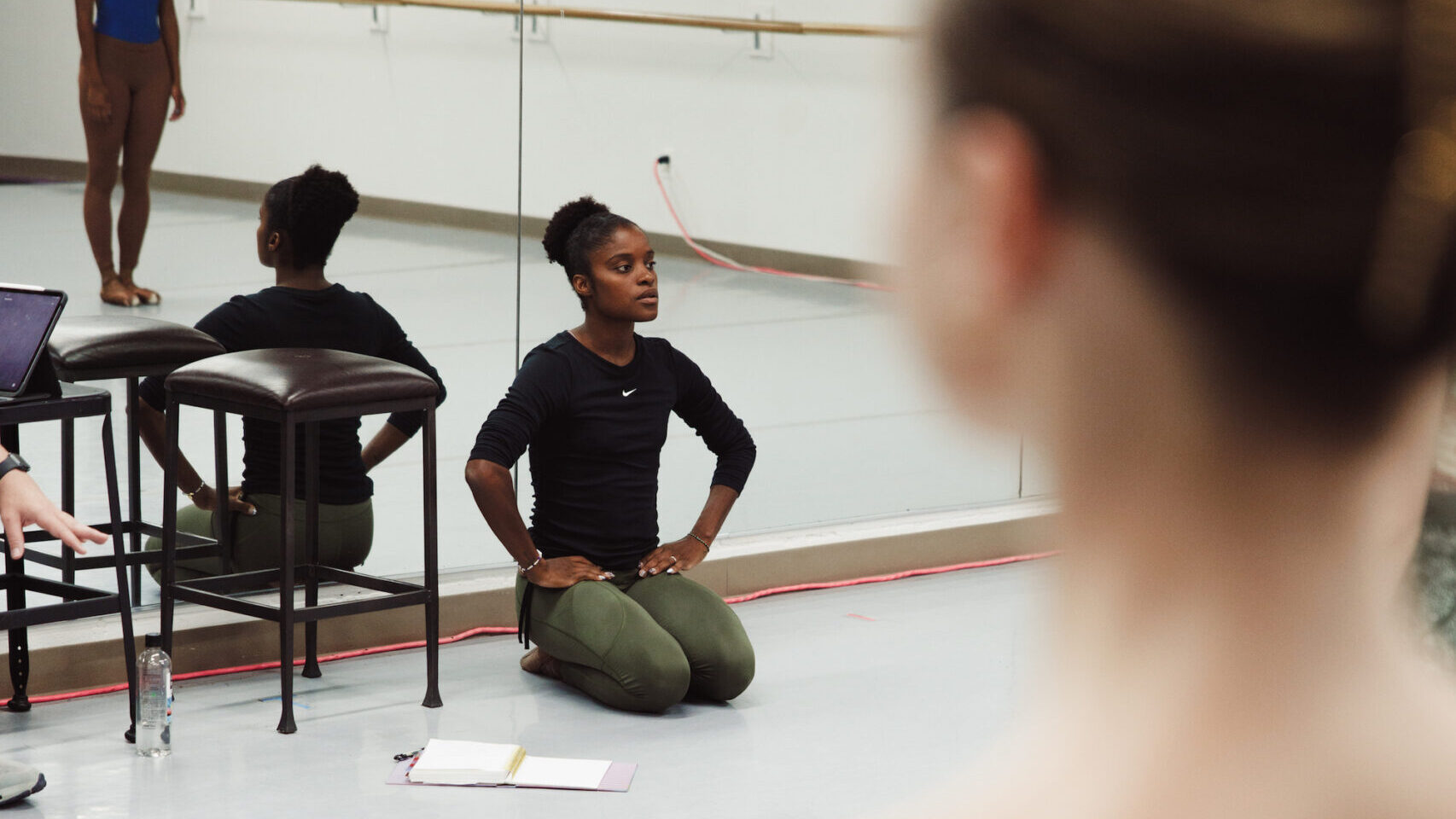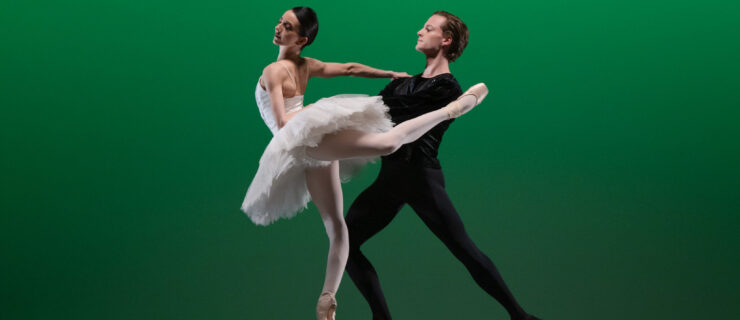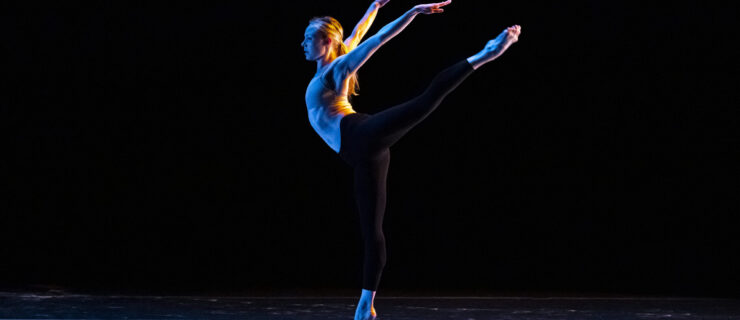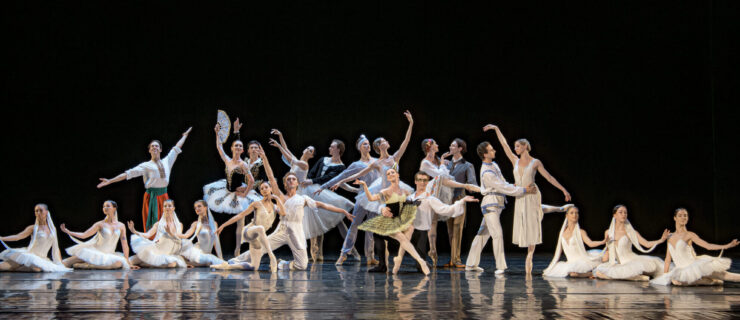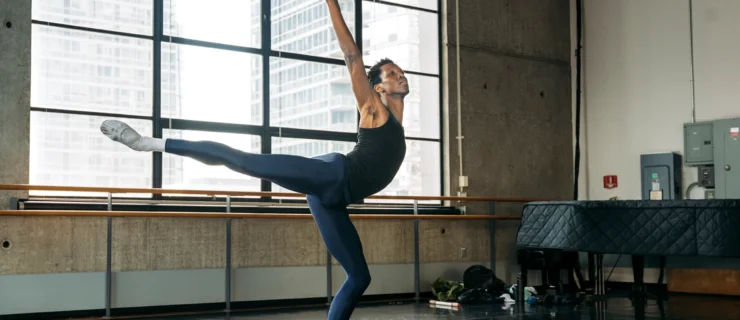Ingrid Silva Is Making Moves in Choreography
Longtime Dance Theatre of Harlem star Ingrid Silva has always kept herself busy with independent projects—she is co-founder of Blacks in Ballet, a platform to celebrate Black dancers worldwide, as well as the nonprofit, female-run podcast podHER. But she’s recently added choreography to her plate. This past summer she presented a piece at the Fire Island Dance Festival and Bryant Park Picnic Performances with dancers of Blacks in Ballet.
This week, Chattanooga Ballet will premiere Silva’s newest work, Intersections of Life, as part of its Art & Legacy program celebrating the company’s 50th anniversary. The 10-minute work for seven dancers, which includes a commissioned score by Leandro Albuquerque, shares the program with George Balanchine’s Tarantella, Gerald Arpino’s Sea Shadow, and a new piece by Chattanooga Ballet artistic director Brian McSween. Here, Silva talks about building a choreography career, her ideas behind her new ballet, and what the experience has been like from the front of the studio.
How long have you been choreographing?
Creating work has been a passion of mine for a while. Around five or six years ago, when Virginia Johnson was our director at DTH, she wanted to create a dance lab and asked the dancers if we’d be interested in choreographing and presenting a work, but the project got pushed back. Then in 2020, I worked with choreographer Tiffany Rea-Fisher on a solo for iHeartDance NYC, a performance series on top of the Empire Hotel. [The producers] invited me back the next summer, so I created a pas de deux with Anthony Santos, who used to dance at DTH.
After that, I thought, I really like this! In January of this year, [DTH artistic director] Robert Garland created another dance lab. I signed up and created a five-minute ballet called The Future Is Now, featuring four dancers. It was well-received, so I thought, What should I do next with this? A friend encouraged me to submit it to the Fire Island Dance Festival, so I took it there this summer [with dancers from Blacks in Ballet]. A few weeks later we brought it to Bryant Park, where I added a pas de deux to make it a three-movement piece.
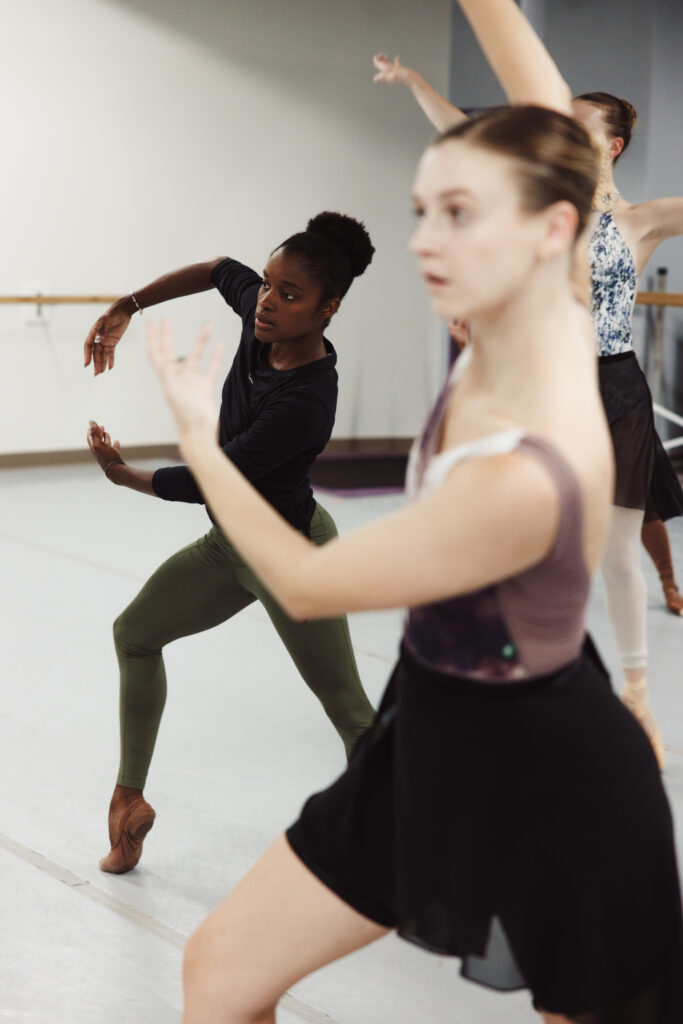
How did the commission from Chattanooga Ballet come about?
My friend, Boston Ballet principal Chyrstyn Fentroy, told me that she thought I was getting good at this. She recommended me to Chattanooga Ballet’s artistic director, Brian McSween, who commissioned me for their upcoming Legacy program. This is my first commission for a professional ballet company. I have so much to learn, but I’m loving this journey and how everything is unfolding.
Have you had any mentorship or guidance as you’ve started choreographing more?
Darrell Grand Moultrie, who’s choreographed for DTH and who’s known me my whole career, has been guiding me. He helped me understand how contracts work and what steps I have to take if people reach out. We talked about how to create movement and also how to feel the movement in the room. He has been a real mentor.
Tell me about your work for Chattanooga Ballet—it has original music?
Yes, by Leandro Albuquerque. We worked together as dancers about 15 years ago, and he’s also a musician. He sent me the music in the beginning of July, and I instantly loved and felt inspired by it. It has different intonations and instruments, kind of like waves. The theme of the piece is how our relationships and movements shape our life journey, and how we make our choices as humans.
What is your creative process like?
I listen to the music first to see how it touches me. From there, I start exploring movement on myself, doing a few steps to see what works, or how it makes me feel. I had an outline of what I wanted, but I think it’s really important to share in the process with the dancers. I like to see what they can bring with their own original movement.
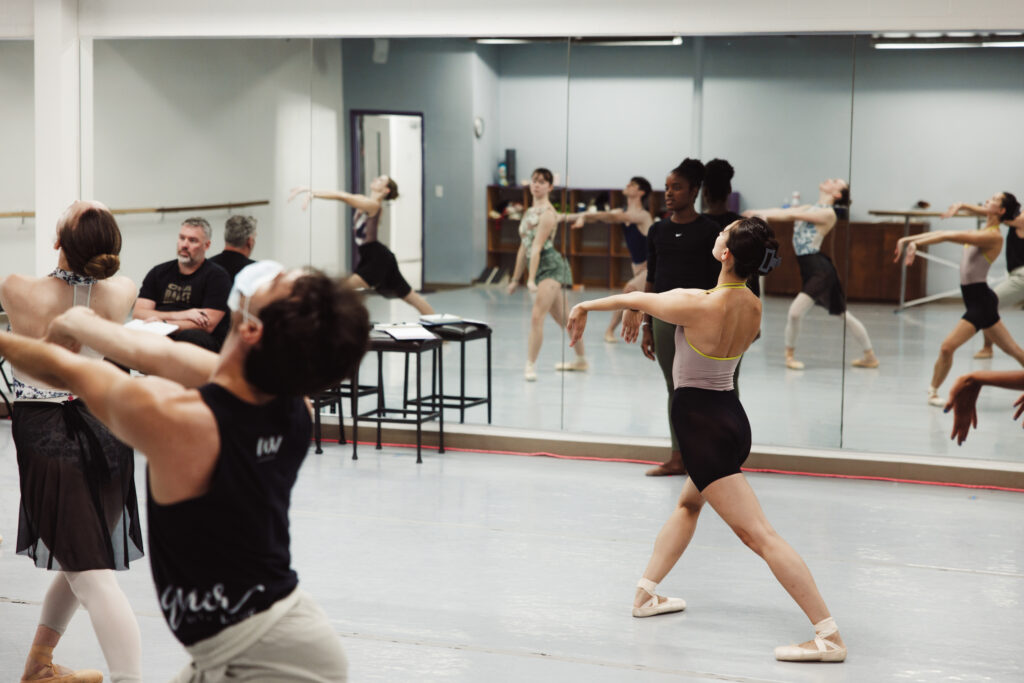
What was it like to be in the front of the studio, especially with dancers you didn’t know?
It made me think, Wow, what are the responsibilities when you are on the other side? I observed way more. I thought about how I feel when a new choreographer enters the room, like, Oh, my gosh, are they looking at me? What choices are they going to make? So I felt a sense of responsibility. I didn’t want any dancer to feel judged. I wanted to [create an atmosphere of] trying, not “right” and “wrong,” so they could explore their full potential. Then we see what we can link together.
You’re also commissioning costumes and dealing with other areas of production.
Yes, we’re currently working on how the costumes match with light. I’ve never thought about lights before, I just danced under them! So this is a whole different world. I have been loving it, though, and love seeing the ballet evolve.
Once this is over, are you hoping to keep creating work? Are you sending more feelers out?
I’m working as the opportunities come by. It’s kind of a nice place to be—I’m going with the flow. I can’t say right now if this is going to be my new career, but I’m exploring. And it shows that we can be both—we can be dancers and choreographers.
